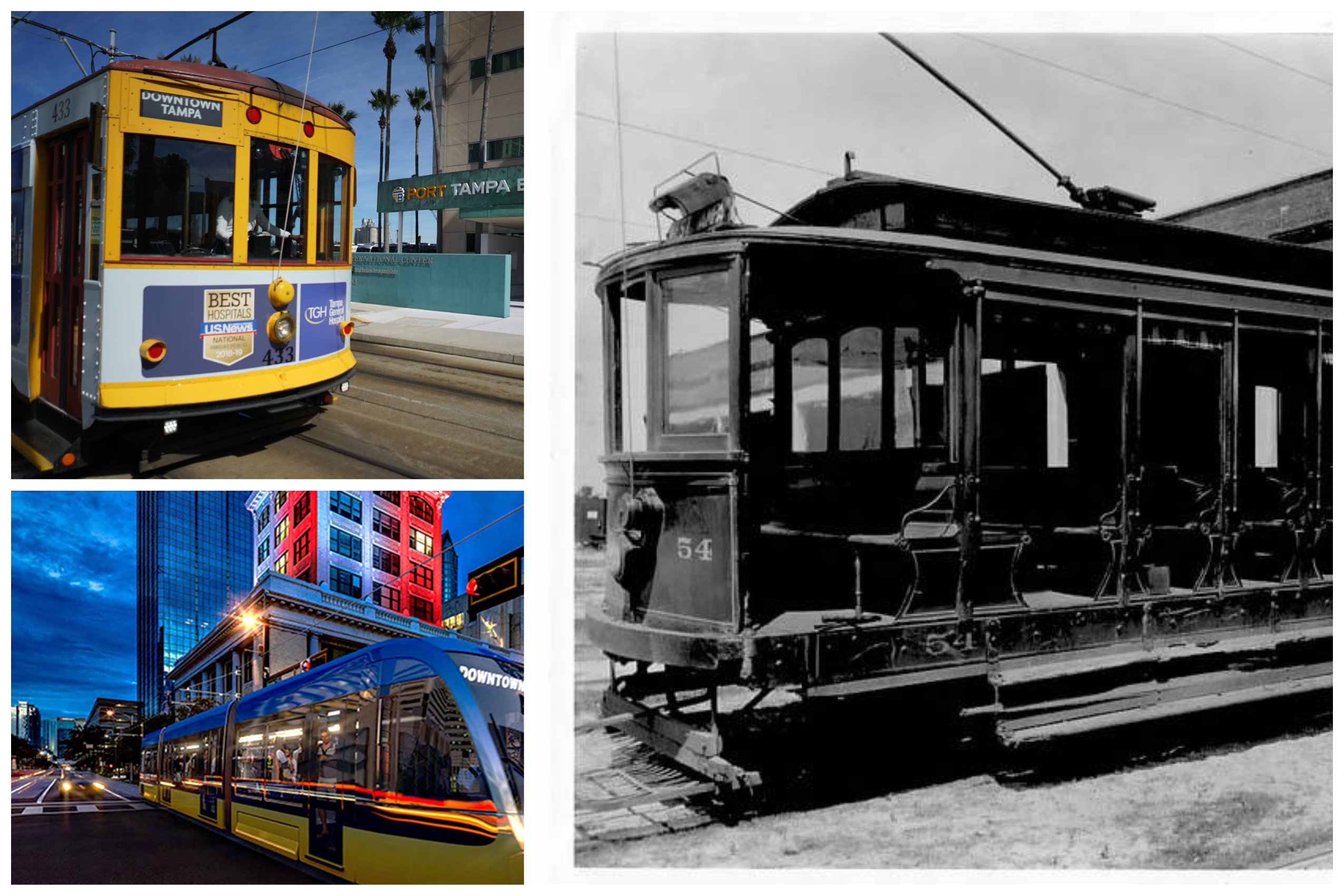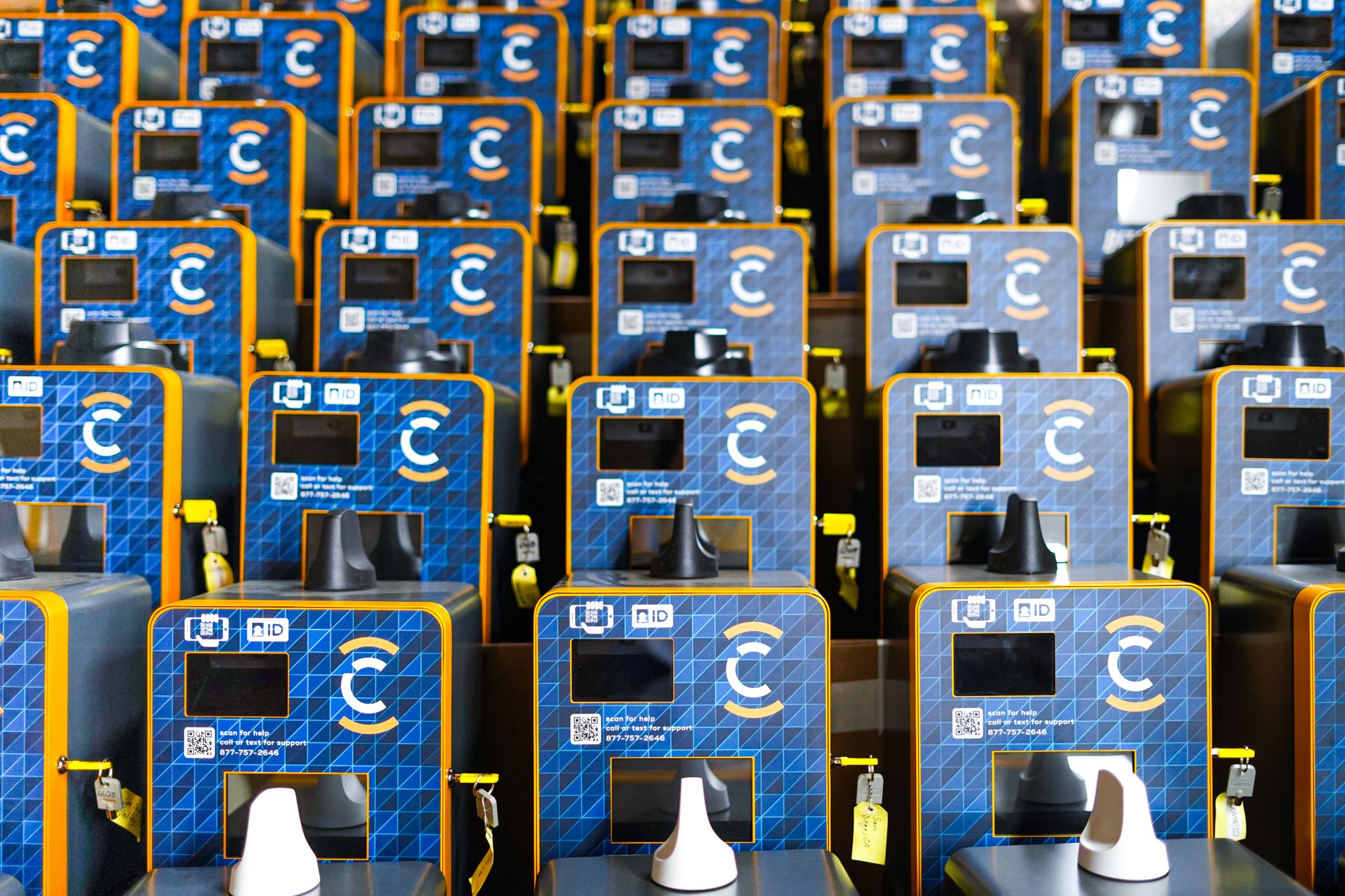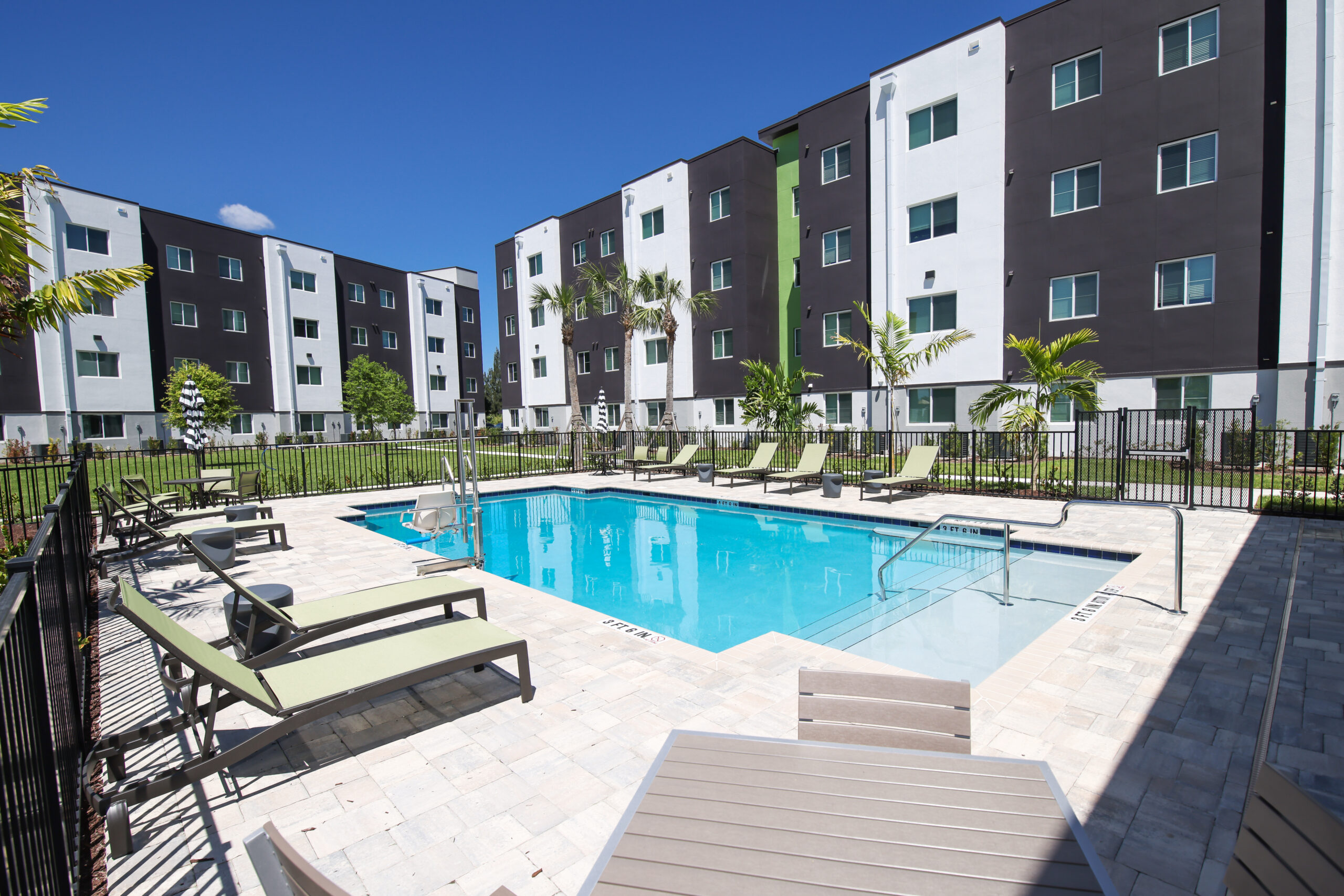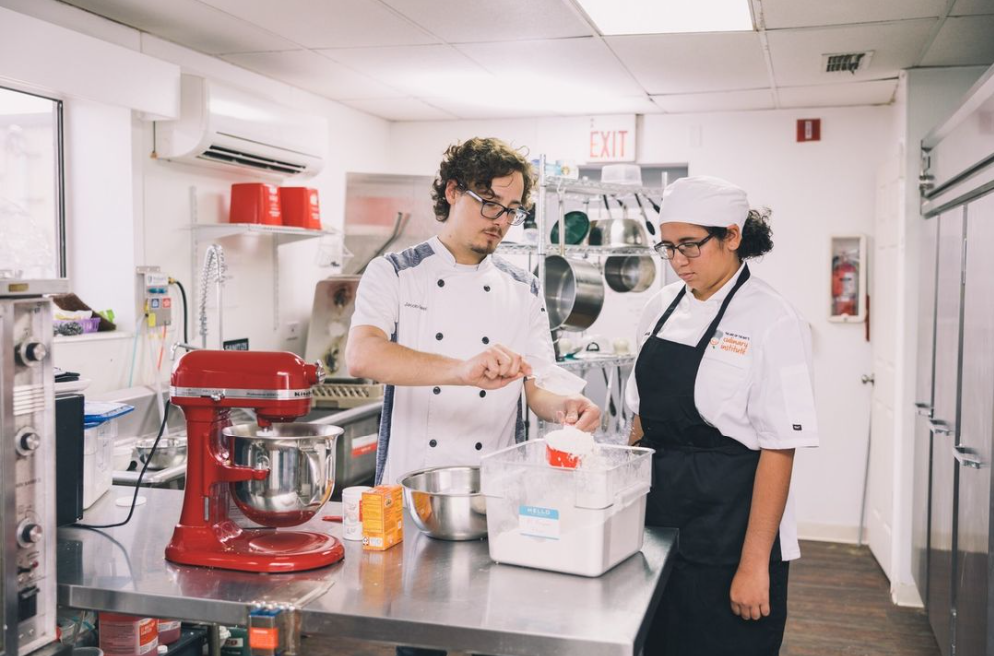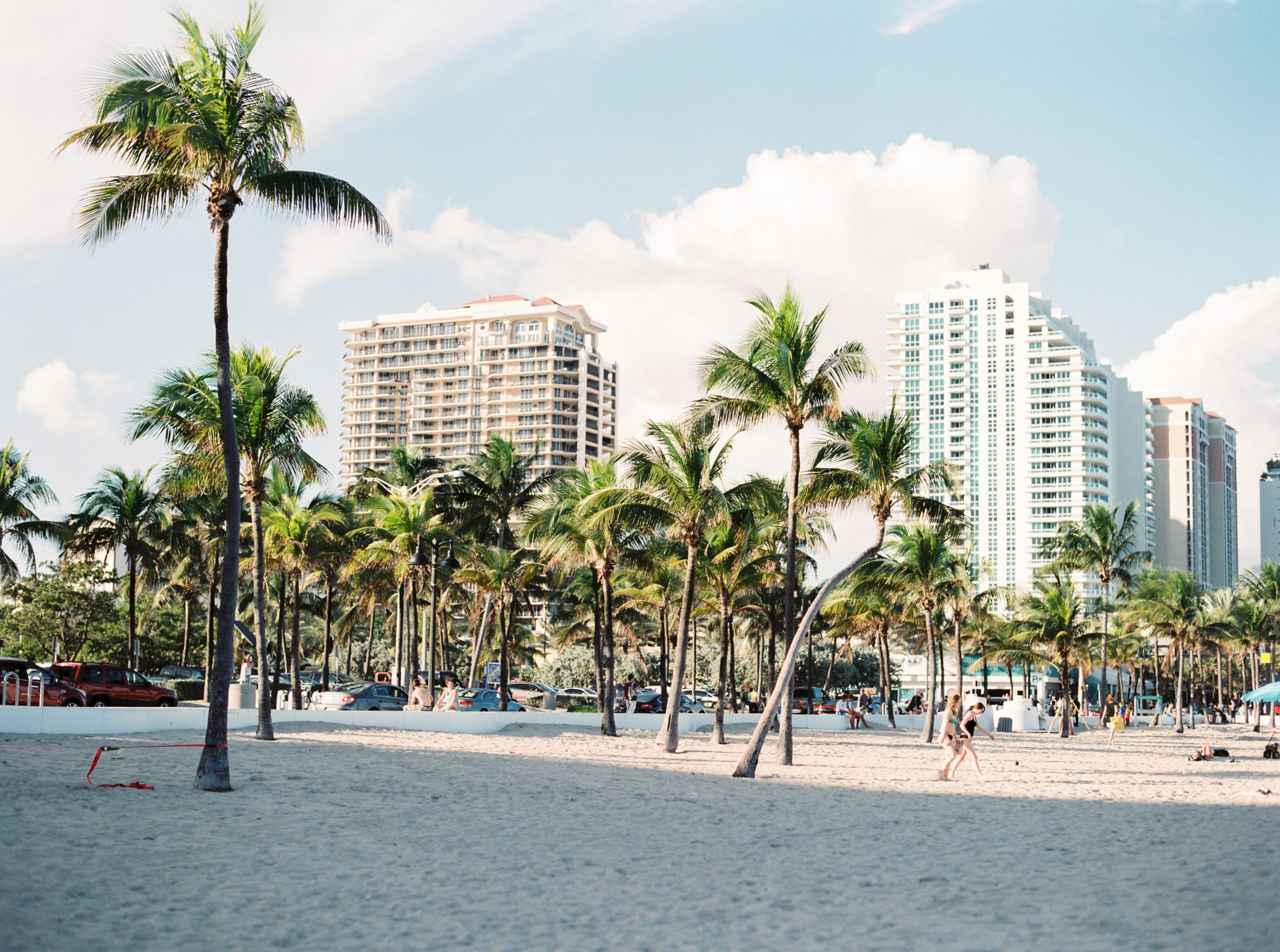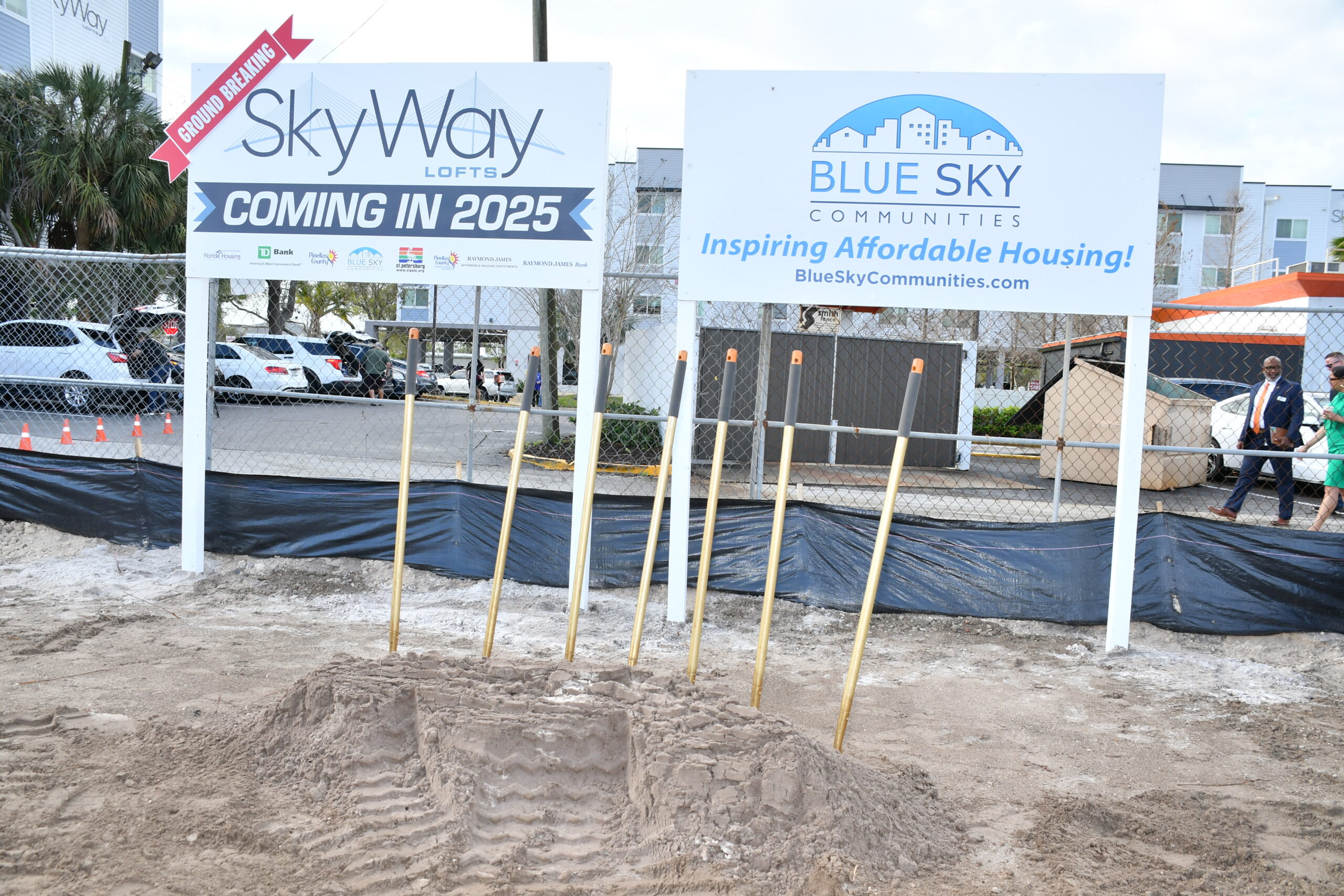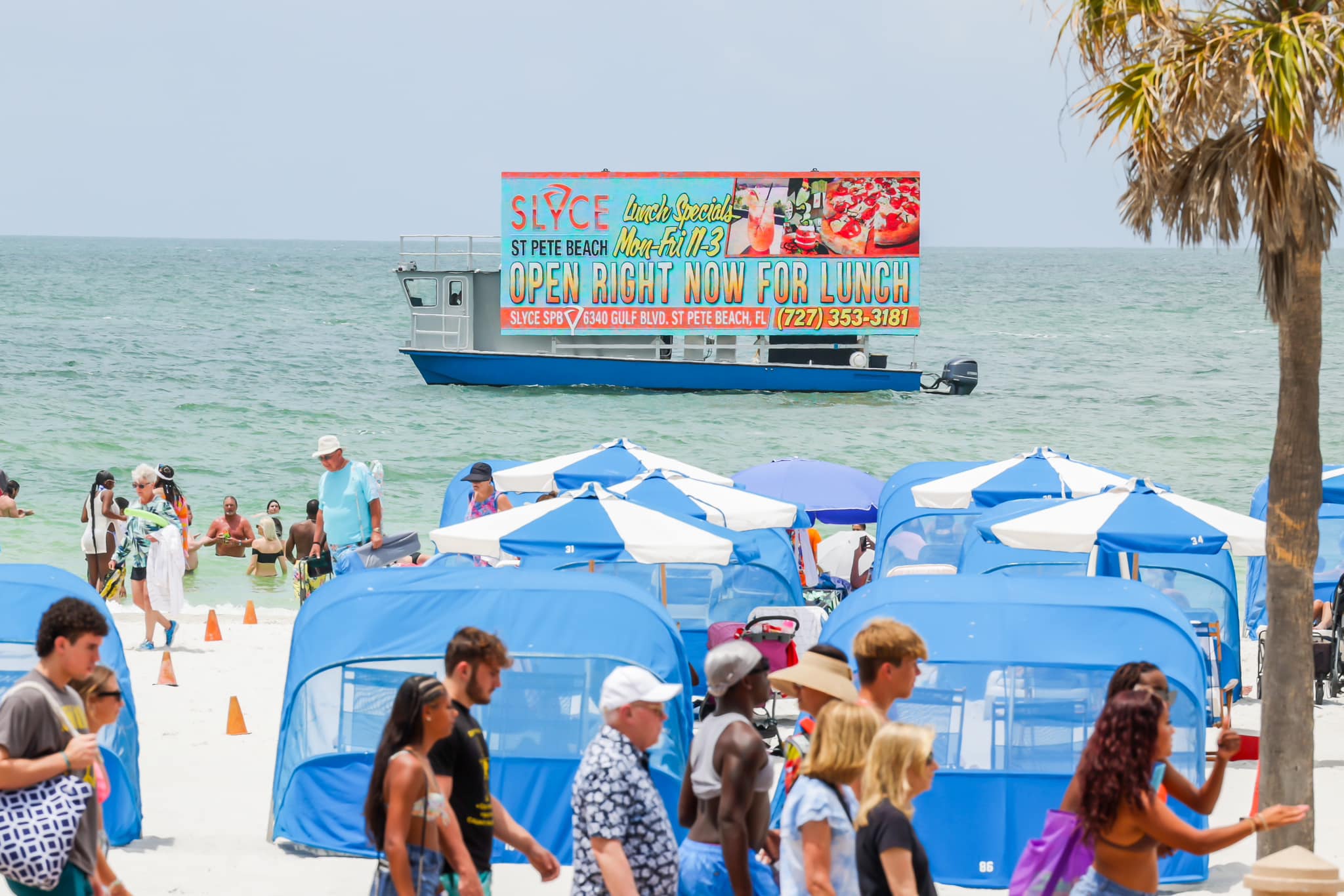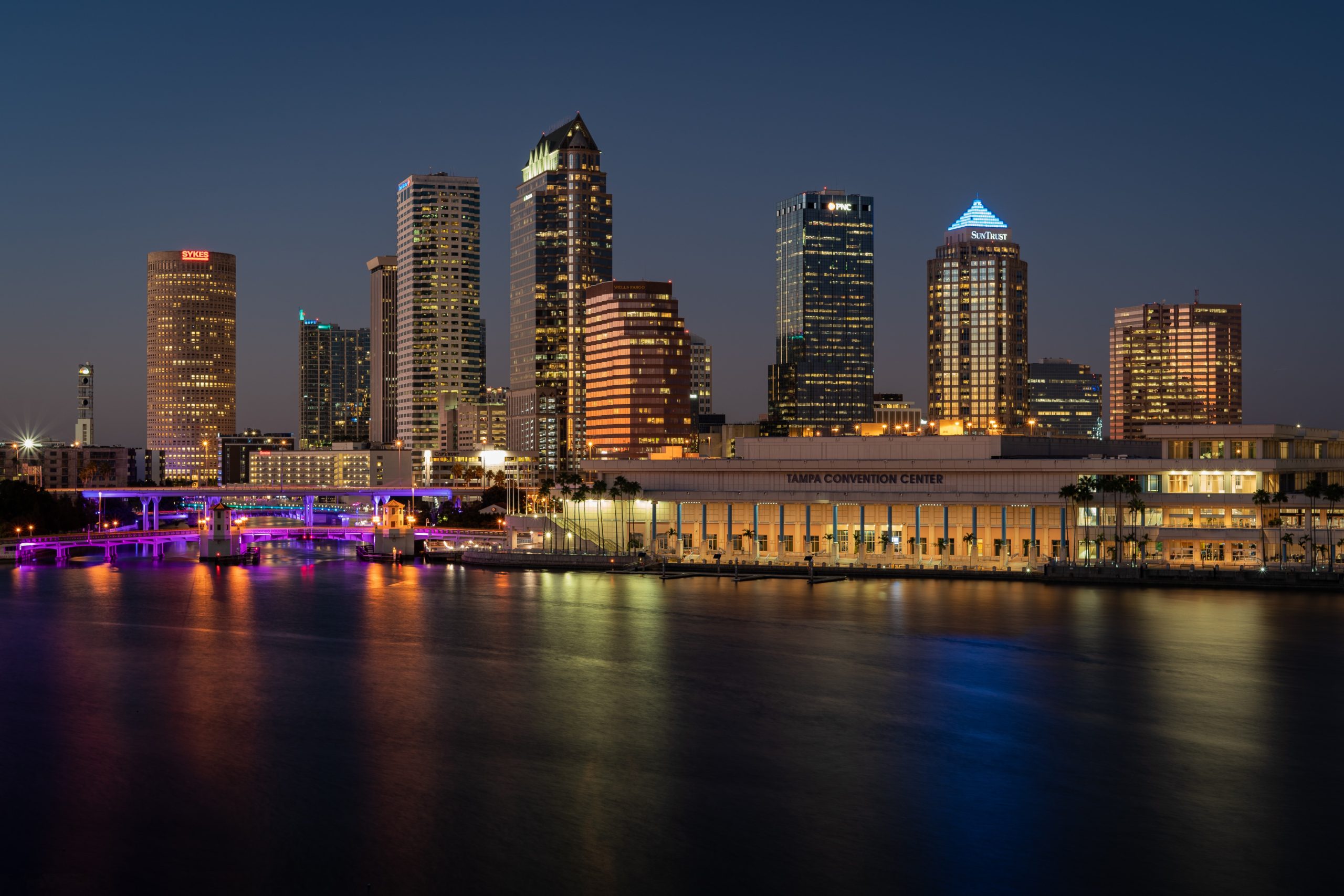The historic Tampa streetcar, also sometimes called the Tampa trolley, just broke an all-time monthly ridership record in March 2022 with 107,956 trips reported. It was the highest monthly ridership in the TECO Line Streetcar’s almost 20 years of service. As more and more people move to the Tampa Bay area, the streetcar is sure to become increasingly popular. Let’s look into the Tampa streetcar’s history and how it went from a primary means of transportation to a novelty and representation of Tampa’s past.
History of the Tampa streetcar


(LEFT) Streetcar, front view featuring safety messages and slogans: Tampa, Fla April 19, 1927. (RIGHT) West Tampa Streetcar No. 54 parked outside of barn: Tampa, Fla. (1916)
The Tampa streetcar’s official name is The TECO Line Streetcar. But in 1885, before all lines were bought by the Tampa Electric Company (TECO), Tampa actually had two telegraph lines and even a steam-powered street railway system. Eventually, all streetcars were merged under TECO in 1899. The streetcar line had 21.5 miles of track from Ballast Point to Sulphur Springs. The transportation system reached its peak of popularity in the 1920s, with almost 24 million passengers in 1926.
Related story: Sulphur Springs, Tampa: A Hidden History
Among the most popular streetcars was the “Birney Car.” These cars were named after the designer Charles O. Birney. Of the 2,000 Birneys built between 1914 and the late 1920s, fewer than 30 survive in museums around the world. And we’re lucky to still have one in Tampa. The permanent location for TECO #163, a four wheeled Birney, is in the old Florida Brewing Company building on Fifth Avenue in Ybor City.
In fact, most cars were decommissioned in the late 1930s and 1940s. By the end of World War II, streetcars across America were no longer used in many cities. They were being replaced by cars and buses. On August 4, 1946, at 2:15 a.m., the last Tampa Electric Birney car retired to its carbarn.
A streetcar revival


(LEFT) Port Tampa Bay Station (#5) (RIGHT) Cadrecha Plaza Station (#4)
Beginning in 1984, the Tampa & Ybor City Street Railway Society (TYCSRS) started promoting the return of streetcar service to Tampa. It took nearly two decades for the dream to become a reality. In October 2002, electric streetcars started operating again in Tampa, supporting expansive growth in downtown, the Channel District, and Ybor City. The heritage line was only 2.4 miles long, but it attracted more riders than anticipated, showing a desire for the old-fashioned transportation.
Ridership decreased over the next few years. However, interest was reinvigorated in 2010 when an extension of the line was created to run north along Franklin Street to Whiting Street and the Fort Brooke parking garage, eventually connecting the Convention Center to the line. This improved transportation capacity and shared parking capabilities. It also supported Tampa’s cruise and tourism industry by alleviating traffic and parking congestion near the port.
Plans for the streetcar’s future


(LEFT and RIGHT) Vision of future, modern streetcars in Tampa
The future of the streetcar in Tampa Bay looks bright. The system now serves mostly tourists and bar hoppers. But the City of Tampa wants the streetcar to become a legitimate transportation option. One that serves the needs of residents, workers, visitors, and students in downtown Tampa, Ybor City, Channel District, and surrounding neighborhoods. The City plans to expand and modernize the Tampa Streetcar system in partnership with the Florida Department of Transportation (FDOT) and the Hillsborough Area Regional Transit Authority (HART).
Related story: Hillsborough seeks resident input about transportation
Changes to the streetcar system will include:
- Replacing traditional streetcar vehicles with modern streetcar vehicles
- Adding 1.3 miles of new track
- Construction of new stops along extension
The City will wrap up the Project Development and Environmental phase of the project in late Spring 2020 and, in coordination with HART, will submit a project ratings request to the FTA in August 2020.
Click here to learn more about the future of the streetcar project.













